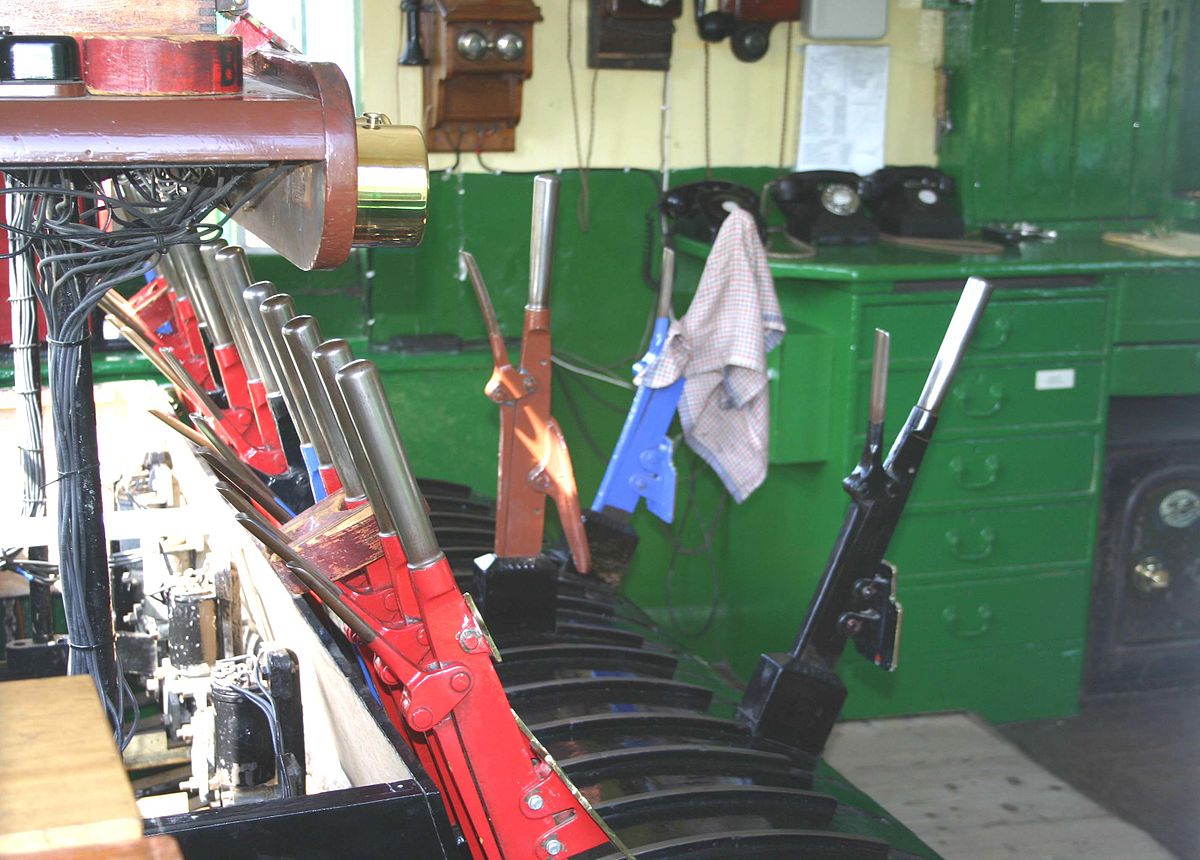This reminded me that as a passenger it was always interesting to see/hear the driver get out of the cab, climb down onto the lineside and use the signal phone - I assume the phone was always answered immediately (none of that modern disease of "all our lines are busy"!). Is there any reason now for a driver to leave their cab during a journey (excluding emergency reasons or to stretch their legs at a lengthy station stop)?
Keep in mind that in the past, the driver was required to use a signal post telephone (SPT) in preference to using a National Radio Network (NRN) telephone. This is because (normally) each SPT has a unique indicator in the signal box / signalling centre so the signaller can see which SPT is ringing. Whereas the NRN called on a general railway telephone line.
There have been various different SPT systems in the past, some did have engaged tones (if the system was busy due to the signaller talking to another SPT user), but now most will give you a ringing tone until the signaller answers.
The vast majority of SPTs are ‘direct line’ telephones, and no, there is no call queuing. The signaller chooses which call to answer.
Now that NRN is dead and GSM-R is king, the instruction that the SPT should be used first is also long dead. Now drivers use GSM-R in preference to using SPTs.
More on
NRN here (link to the ‘Farewell to the NRN’ article by Peter Stanton on the Rail Engineer site).


